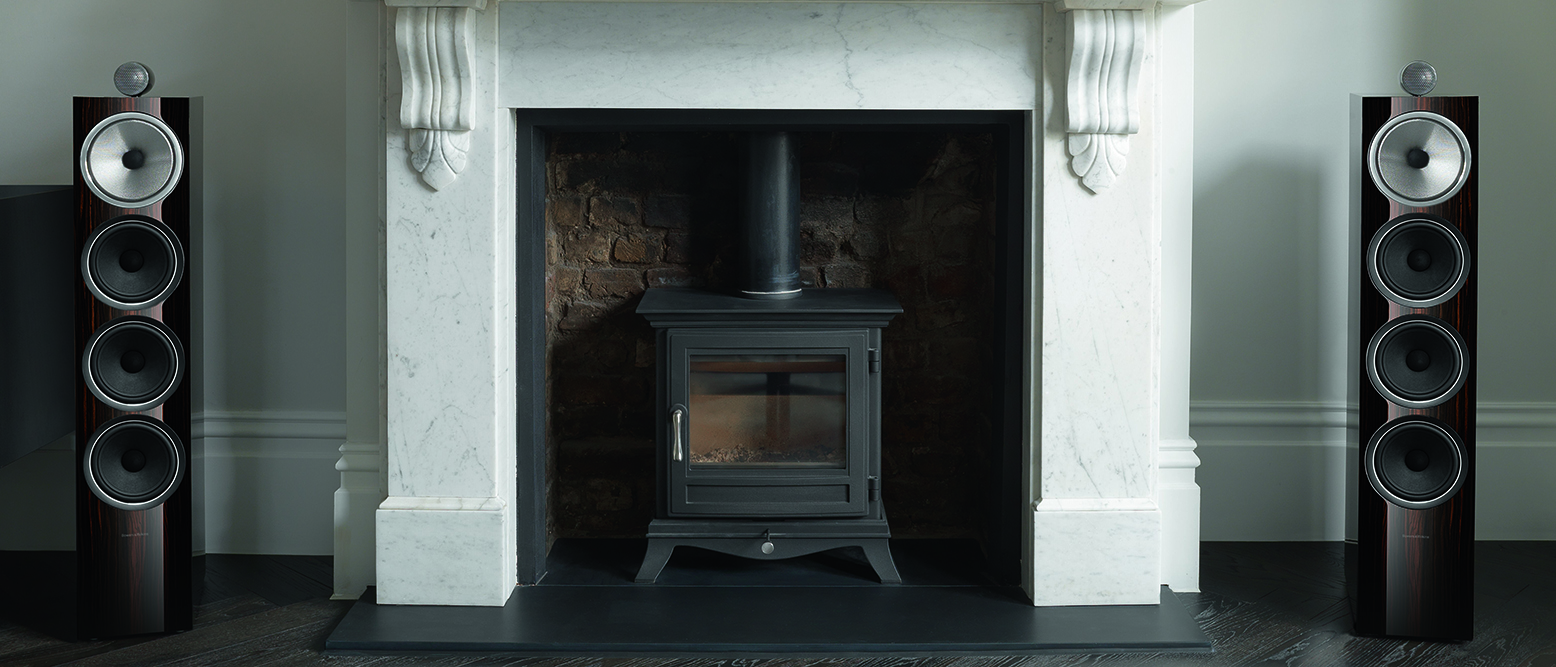What Hi-Fi? Verdict
While you'll be paying a premium for the Signature version of Bowers & Wilkins 702 loudspeakers, it does come with a bump in sound quality – breathing new life into your music – and a uniquely stunning Datuk Gloss finish.
Pros
- +
Rich and musical
- +
Extended bass and highs
- +
Room-filling sound
Cons
- -
Lowish impedance
Why you can trust What Hi-Fi?
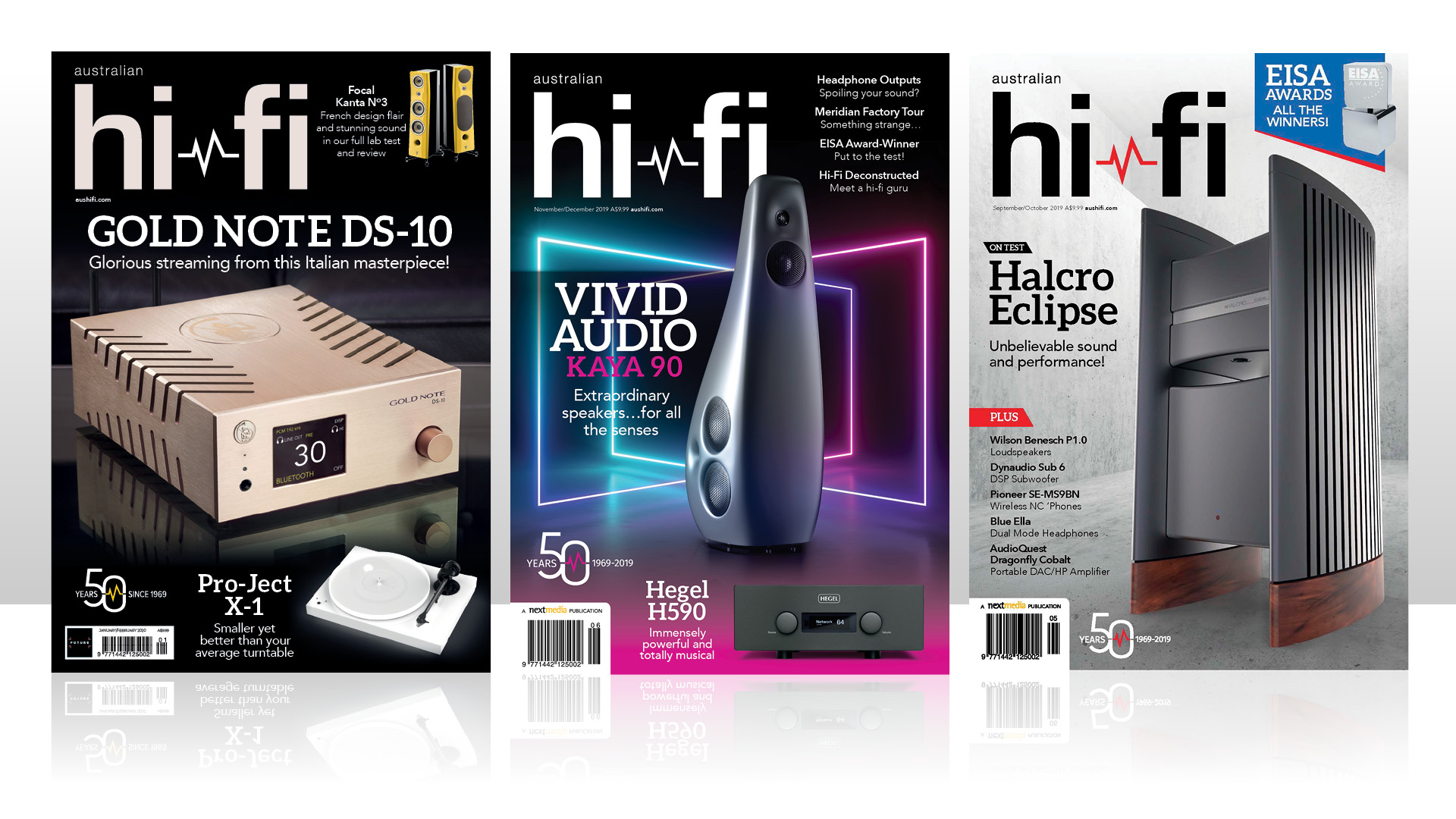
This review and test originally appeared in Australian Hi-Fi magazine, one of What Hi-Fi?’s sister titles from Down Under. Click here for more information about Australian Hi-Fi, including links to buy individual digital editions and details on how to subscribe.
I was a great fan of B&W’s 702 loudspeaker design, and of the Series 2 version of it that followed, which was a significant improvement. So I was intrigued when the famous British company announced that it was releasing a special ‘Signature’ version of the 702, because I wondered how such an evolved design could be further improved. I was lucky enough to be given the chance to find out, and what follows is what I discovered.
Unique cabinet finish
Extracting the first of my review pair of speakers from its packaging revealed one difference straight away: a new finish, one that I’d never seen before on any B&W speaker (or on any other brand I can think of). It turned out to be a veneer B&W calls Datuk Gloss that is apparently unique because B&W says that the veneers on any pair will be slightly different to the veneers on any other pair, because no two models share the same grain pattern.
B&W sources this essentially “ebony-coloured” veneer from a specialist timber company called Alpi that is based in Italy, and says it sources its timbers only from sustainable forests. Bowers & Wilkins then adds value and improves the appearance by adding nine clear finish coats to the veneer, including multiple lacquers, to give every 702 Signature cabinet a deep, lustrous appearance.
I decided to examine the unpacked speaker very closely before unboxing the other of the pair, and noticed two other small changes, which were that B&W has changed the colour of the metal trim rings around its tweeter and midrange driver from black to silver. Presumably these silver trims rings are also unique to the 702 Signature.
One thing that did surprise me about my examination was that it wasn’t until I looked at the rear panel of the speaker that I discovered a fairly small, unobtrusive and decidedly discreet but quite elegant metal badge with the lettering ‘702 Signature’ and ‘Bowers & Wilkins’ on it. If I’d been responsible for the design, I probably would have put this badge on the front baffle or the grille, so it was more ‘in your face’.
Look as hard as I might, I could not find any other differences between the 702 Signature and the models that preceded it, but it transpired that the other difference were ‘under the hood’, so to speak.
B&W says that it has significantly upgraded the quality of all the capacitors and resistors used in the 702 Signature’s crossover network, increased the voltage rating of the low-pass section’s bipolar capacitor and sourced its bypass capacitors from famous German manufacturer Mundorf.
Tweeter on top
Unlike most loudspeakers, where the tweeter is installed on the front baffle, usually at the top, the 702 Signature’s tweeter is mounted in a separate, acoustically and mechanically isolated housing that sits on top of the cabinet. This housing is made from black-painted aluminium and, including the tweeter, weighs around one kilogram.
B&W started positioning its tweeters like this when the late John Bowers and his research team discovered that the frequency response errors and phase irregularities produced when a tweeter was mounted on a baffle disappeared when it was located separately from the main cabinet.
The 25mm dome diaphragm contained at the front of the housing has what B&W calls a ‘carbon’ dome and a unique construction whereby the front portion of the dome is formed from a 30-micron-thick sheet of aluminium onto which an ultra-thin carbon coating is applied by vapour deposition. This is attached to an inner section of carbon material that’s 300-microns thick and profiled to match the curve of the main dome.
B&W says this dual-layer construction pushes the frequency of the dome’s first break-up mode up to 47kHz, or more than an octave above the highest frequency perceptible by the human ear.
Fixed suspension transducer
The midrange driver in the 702 Signature is exactly the same as the one in the 702 S2 apart from the difference in colour in the trim rings. However, it’s a driver that is unique because whereas most cone midrange drivers have a flexible rubber or foam surround suspension, this particular B&W midrange driver does not. It is what the company calls a ‘Fixed Suspension Transducer’ or ‘FST’, so-called because the cone is attached to a narrow polymer ring that stretches and contracts to accommodate the cone’s movement.
B&W says FSTs have improved transient response and, because there’s no flexible suspension to reflect energy back across the cone surface, they have less dynamic distortion. The FST’s cone is made from a woven composite fabric B&W calls ‘Continuum’.
As for that trim ring, it’s not just cosmetic, to hide the driver fixings – it does double duty as a tuned mass damper (TMD).
Also, despite it appearing to be solidly mounted to the front baffle, the 702 Signature’s FST is isolastically mounted so that its performance cannot be adversely affected by cabinet vibrations.
The three 165mm diameter bass drivers on the 702 Signature have cones made using the same triple-layer ‘sandwich’ technique B&W originally developed for its 800 Series, where two outer layers enclose an inner layer.
The outer layers on the cones of the 702 Signature’s drivers are made from paper and the inner layer from expanded polystyrene (EPS). The company says that the multi-layer construction technique avoids the abrupt transition from pistonic to break-up mode behaviour that usually impairs the openness and neutrality of drive units with cones made from a single uniform material.
As with all recent-model B&W speakers, the flared exit of the 702 Signature’s rear-mounted bass reflex port is made from a dimpled polypropylene material that minimises air turbulence at the mouth of the port… a design trade-marked by the company under the name ‘Flowport.’
As you’d expect of a model in the 702 Signature’s league, the speaker terminal plate facilitates bi-amping or bi-wiring through the provision of two pairs of large, multi-way colour-coded terminals.
Also as you’d expect of any pair of tall, heavy speakers with fairly narrow cabinet dimensions, the 702 Signatures have a relatively high centre-of-gravity. This would normally mean they’d be relatively easy to tip over except that B&W supplies two very substantial base-plates which should be attached to the speakers before installation to improve stability.
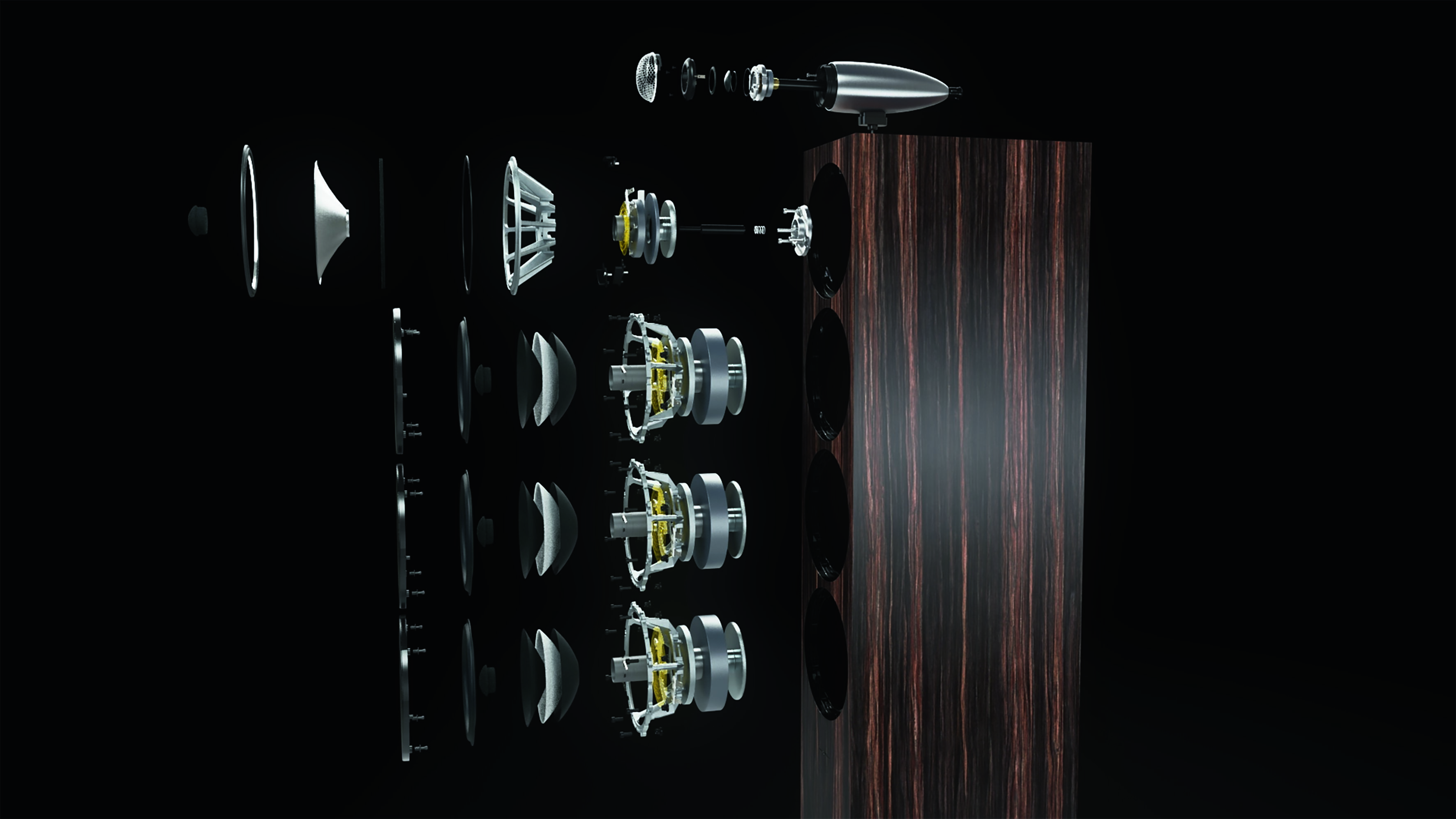
Listening sessions
The rear-firing ports on the 702 Signatures mean that the speakers’ bass response will be affected by their proximity to the rear walls, but it will also be affected if you elect to install the foam port plugs that B&W supplies, which are two-stage types so you can block off a port completely, half-block it or, of course, not use the plugs at all.
B&W’s Owner’s Manual has an excellent description of the different sonic effects the different combinations will have on the bass response, plus it also has three very good – and very accurate – graphs showing how the low-frequency response will be affected.
I found that no matter where I positioned the speakers in relation to the rear wall, or what port configuration I used, the bass response from the B&W 702 Signatures was impressively extended, so that with music, it easily accommodated the lowest note on a piano (27Hz). And from using them as front channels when watching movies, the movie sound effects proved to me that the low-frequency response went even lower than 27Hz.
The B&W Signature 702s were also capable of playing loud at these low frequencies. I was able to achieve room-shaking levels when playing Bach’s Toccata and Fugue in D Minor, for example. The tonal quality of the bass was also wonderful, with beautifully rich-sounding ‘Ds’ at the bottom of the runs and a resonating chordal sound at the conclusion of the arpeggios.
But it wasn’t just organ music that demonstrated the rich bottom-end sound of the B&W 702 Signatures. The speakers’ bass response also worked wonderfully well for all musical genres – the sound of kick drums was full-fledged and meaty, and the sounds of both double-bass and electric bass were rendered rich and full, with nice detailing.
This excellent bass response was perfectly matched to the midrange response, so that combined, the two presented a soundfield that presented aurally as a gloriously full sound-stage extending right across the space between the left and right speakers.
If you listen to Claudia Tellini sing her multi-tracked interpretation of Roger Waters’ classic Pink Floyd hit, Money (from Stazioni Sonore's Who’s Got Its Own), which has everything from solo vocal to speech to scat as well as ‘harmony’ you can’t fail to appreciate how B&W’s FST midrange driver delivers the sound of her voice to perfection. Its low distortion will also allow you to admire the perfection of Tellini’s articulation and pitching.
I am a huge fan of getting tweeters away from front baffles, indeed removing them from anything that could possibly affect the motion of their domes – and therefore their sound quality – but the sweet, pure and uncoloured treble sound I heard from the 702 Signatures wasn’t just down to the facts that the tweeter is physically isolated and radiates its sound without any interference from the main front baffle; it was also down to that new carbon dome design.
A great way to test the ability of any tweeter is to play the title track of Norah Jones’ Day Breaks where the tweeter has to simultaneously handle cymbals, violin, pedal steel guitar and Hammond B-3 organ along with the harmonics of the soprano sax… it can get very busy and, if the tweeter is not up to the task, it will sound congested and mushy.
The B&W 702 Signature’s carbon-dome tweeter handled all these sounds in its stride, whilst still maintaining that sense of ‘air’ around the highs that only the finest tweeters can manage. The resolving power allowed me to hear each sound in its own acoustic, with the tonalities of the individual instruments separated from each other. If you listen, make sure you pay attention to the sound of the harmonics of the higher notes of Jones’ piano on the following track (Peace) as well as the higher harmonics of Wayne Shorter’s soprano sax.
Final verdict
The best thing about these B&W 702 Signature loudspeakers is that everything you play through them will sound great, because they will make whatever music you play through them sound richer, more musical, and more exciting and, in a way, almost “larger-than-life”, yet at the same time not, because they also deliver true-to-life sound... albeit without monitor-like accuracy.
As to whether you think it is worth paying the premium over the standard B&W 702 S2 to gain the improvement in sound quality, the exclusivity of the Datuk Gloss finish and the cachet of owning a ‘Signature’ version, that will be a matter between you and your wallet.
Lab test report
The overall in-room frequency response measured by Newport Test Labs for the B&W 702 Signature is shown in Graph 1. Acquired using pink noise as a test signal, this response is not smoothed, but it is averaged to compensate for the inherent random nature of pink noise and for microphone position relative to the midrange driver and tweeter in particular.
However, although the speaker was floor-standing for this measurement, it was more than four metres from any other boundary, so there’s none of the usual low-frequency boundary effects that would be found in a typical domestic living room.
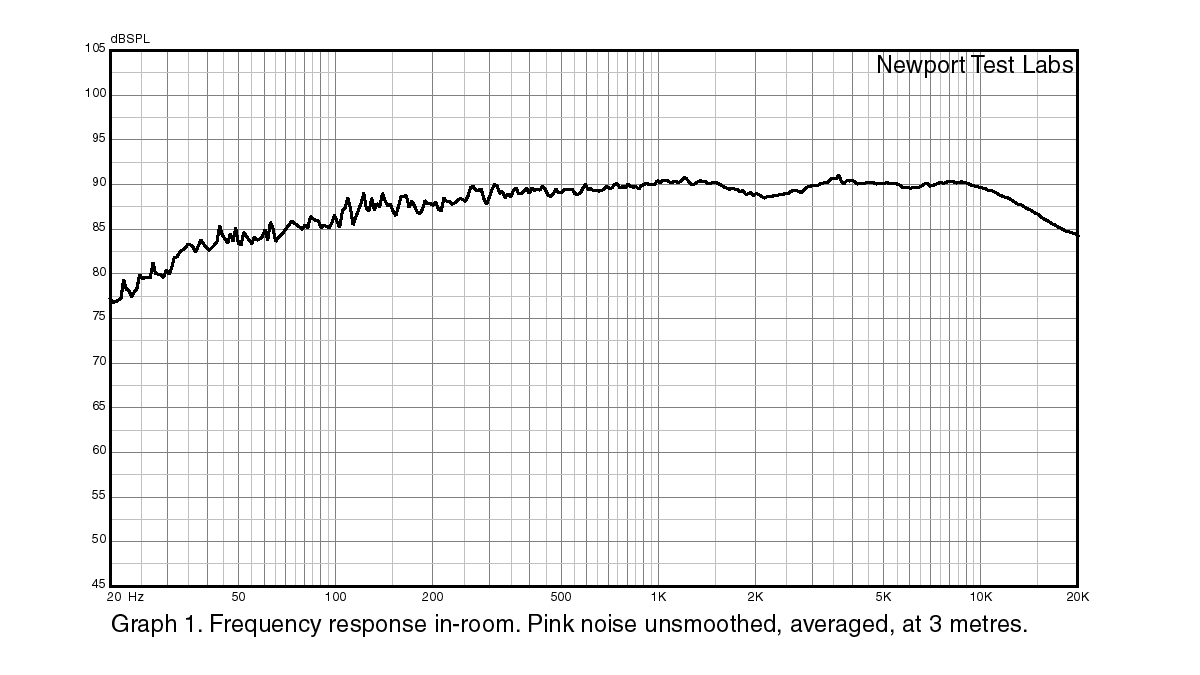
You can see that the response between 100Hz and 13kHz is very flat and exceedingly linear, so that it can be contained in its entirety with a 2.6dB envelope. So normalised, the response would be 100Hz to 13kHz ±1.3dB.
However, using the industry-standard deviation of ±3dB, the response as graphed is 44Hz to 20kHz ±3dB, though in this case the upper graphing limit is 20kHz (see next paragraph). This correlates almost perfectly with B&W’s specification for this model of 46Hz–28kHz ±3dB.
In order to more closely examine the high-frequency response of the B&W 702 Signature, particularly above 20kHz, Newport Test Labs switched to a gating measurement technique that simulates the response that would be obtained in an anechoic chamber and allows up to 1Hz frequency resolution. This response is shown in Graph 2, below.
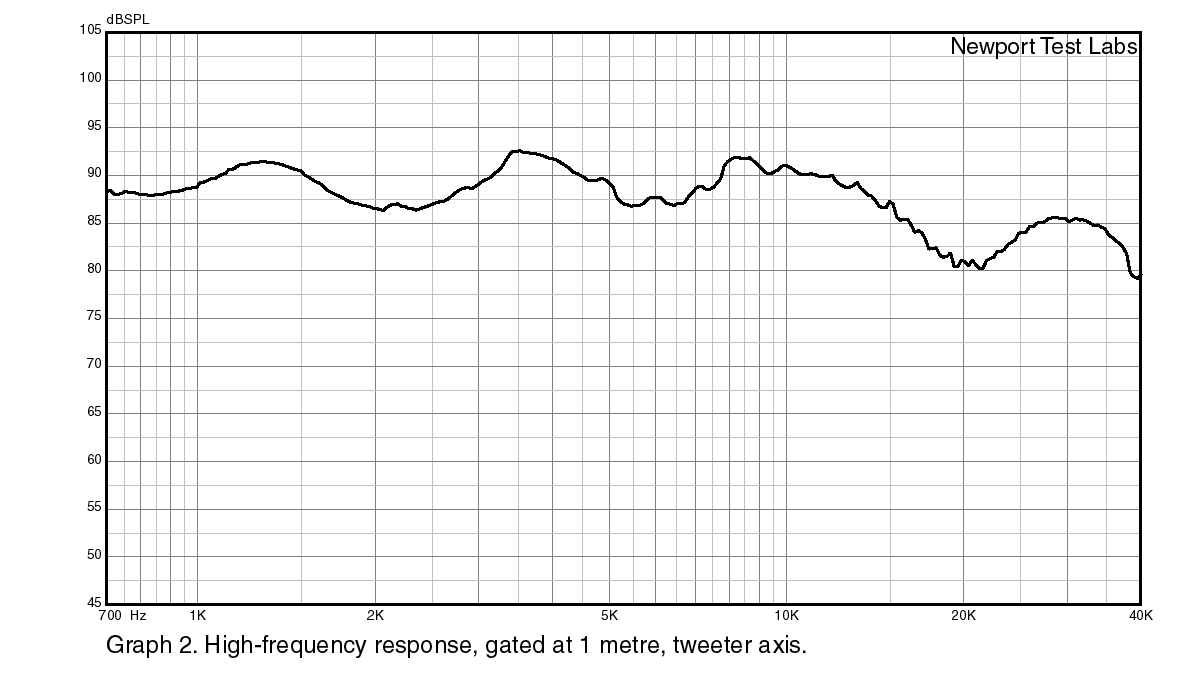
The increased resolution shows the response between 700Hz and 10kHz is not quite so ‘flat’ as the pink noise measurement suggests, yet the peaks and dips shown in Graph 2 would not be audible to the human ear: it would ‘hear’ the response shown in Graph 1.
Nonetheless the peaks and dips are still within ±3dB, therefore fall within specification.
You can see that although Graph 1 shows the B&W 702 Signature’s frequency response falling to –3dB at 20kHz, it actually rises above 20kHz to peak at around 30kHz before falling again to –3dB at 38kHz.
This means that if you combine the results gained from the two tests, Newport Test Labs measured the response of the B&W 702 Signature as being significantly better than B&W’s specification, with a measured result of 44Hz to 38kHz ±3dB.
I was interested to see how the frequency response Newport Test Labs measured of the B&W 702 Signature compared with its measurement of the B&W 702 S2 and they’re to all purposes identical.
So I feel I can recycle the comment I made about the S2 model at that time, to whit: “Although its frequency response is not as flat as some B&W speakers Newport Test Labs has measured in the past, [its] frequency response is still admirably flat and linear and Newport Test Labs’ measurement of it exceeded B&W’s own specification by a good margin.”
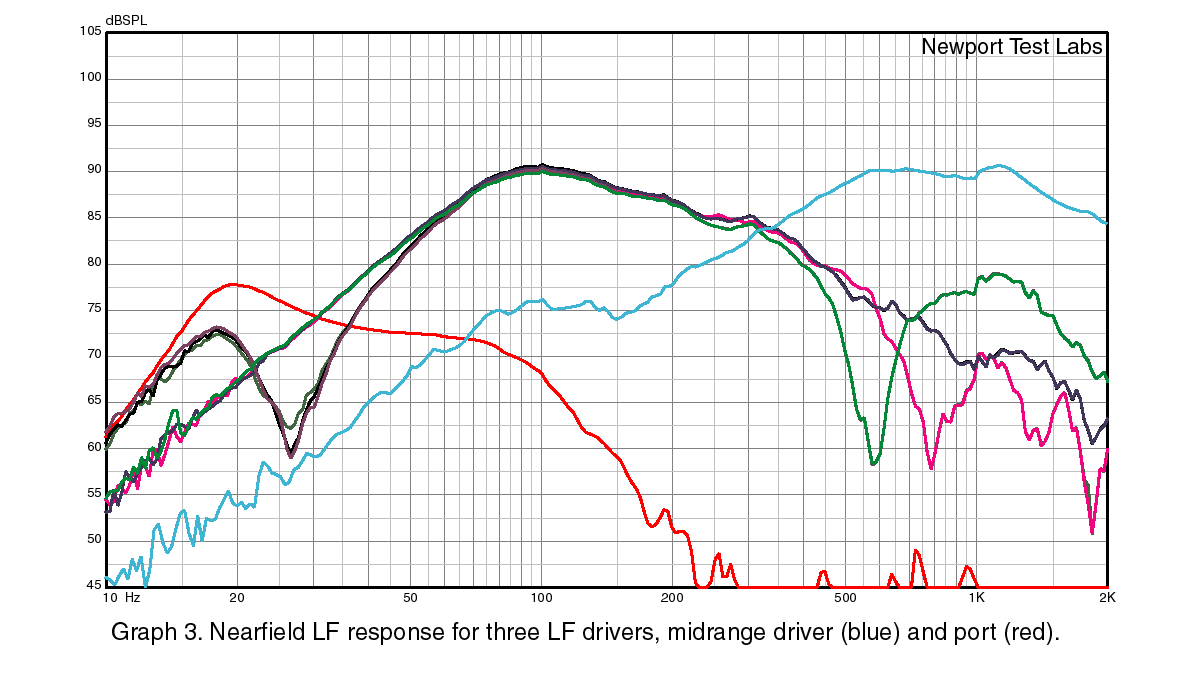
The low-frequency response of the B&W 702 Signature, as measured by Newport Test Labs using a near-field measurement technique to eliminate room effects, is shown in Graph 3 above.
You can see that the bass drivers’ output rolls off more steeply below about 80Hz to a minima at 26Hz when the cabinet’s ports are not blocked (bass reflex) but less steeply when the port is blocked (infinite baffle).
Interestingly, the peak output of the bass reflex port occurs right down at 20Hz, well below the frequency I’d have expected it to be, namely 26Hz, to coincide with drivers’ minima. This would partly be to ensure better alignment in infinite baffle mode, but I’d guess was also the result of listening sessions, rather than computer sessions.
You can see that B&W’s engineers seem to be allowing the midrange driver’s response to roll off naturally, without any electronic filtering, with the roll-off commencing at 550Hz, but the measurement technique is not reliable at this frequency, so I won’t place too much importance on this. Nonetheless, it is obvious that the midrange driver is flat up to around 1.3kHz, after which it’s rolled off so the tweeter can take over.
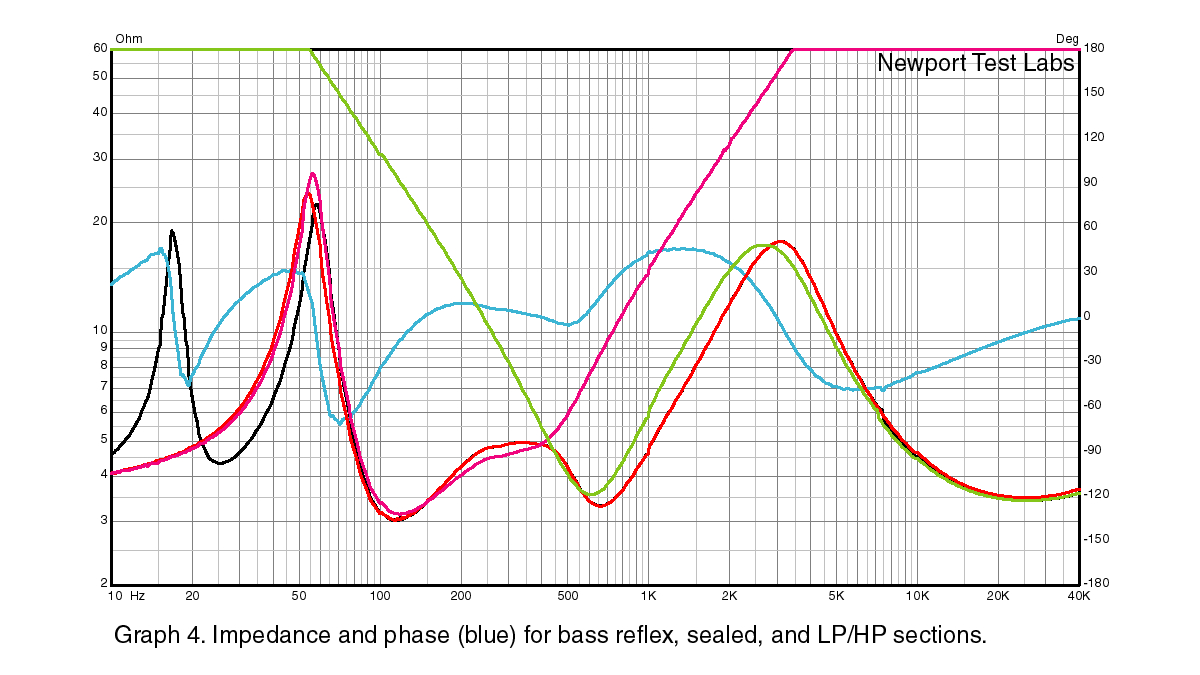
Graph 4 (above) shows the impedance of the B&W 702 Signature, and it’s pretty low, with a minimum impedance of 3.1Ω at 120Hz, and staying at or below 5Ω from 80Hz right out to 1kHz. This would seem to be rather at odds with B&W’s ‘nominal’ specification of 8Ω.
I would personally have put the nominal impedance of this curve as 4–6Ω and if pushed to hang a single figure on it, rather than a range, then 4Ω. It will certainly present a challenging load down at 80Hz, where you can see a 4.7Ω impedance combined with a –68 degree phase angle (the phase angle is shown by the light blue trace).
Impedance graphs are also pretty good for identifying cabinet resonances, and I can’t see anything on these traces that suggests there might be any, so good work on the cabinet.
Allowing for inevitable sample and measurement variances, the impedance of the B&W 702 Signature is identical to that measured by Newport Test Labs for the B&W 702 S2.
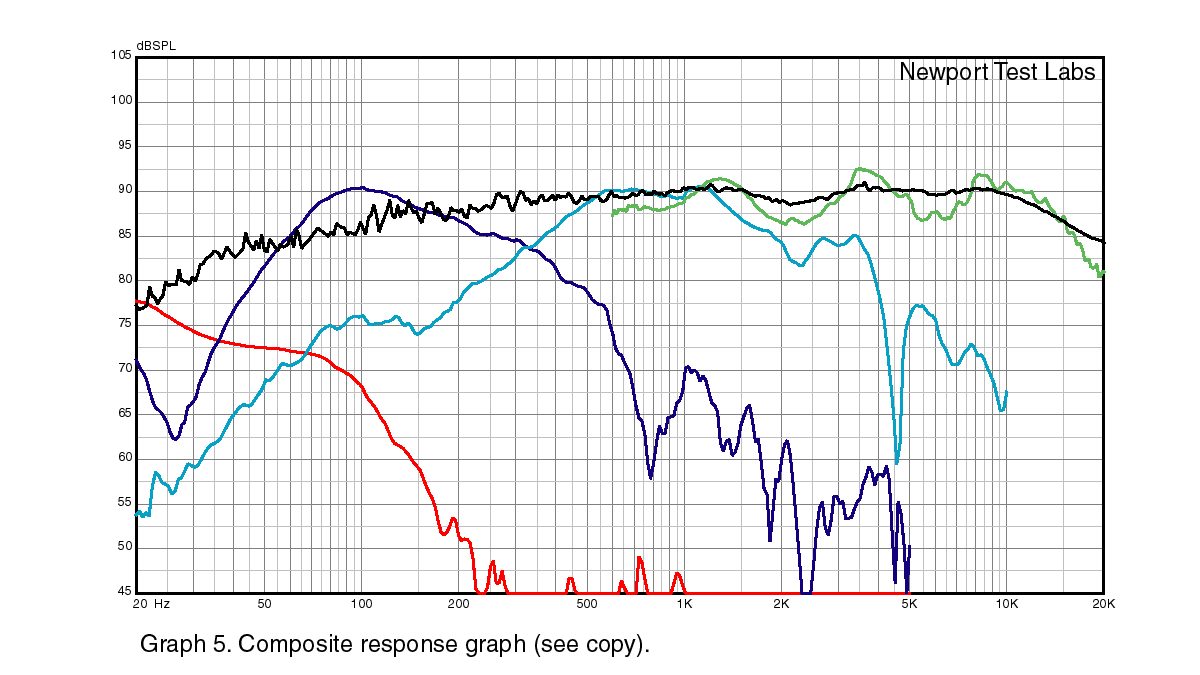
As is mostly usual, Newport Test Labs has included a composite graph (Graph 5) that combines the various different measurements to give an overall picture of the B&W 702 Signature’s performance.
Newport Test Labs measured the sensitivity of the B&W 702 Signature as being 90dBSPL at 1m for 2.83Veq under its standard test conditions, which means this design has well above average sensitivity and also confirms B&W’s own specification of 90dBSPL for this parameter.
This is exactly the same result the lab measured for the B&W 702 S2 several years ago, about which I commented at the time: “The B&W 702 S2 also met its specification for sensitivity, which is a rare achievement for any loudspeaker.”
Overall, Newport Test Labs’ tests prove the B&W 702 Signature to be a very well-designed loudspeaker whose frequency response is extraordinarily linear and extended (in fact, surpassing its manufacturer’s specifications) whose sensitivity is admirably high and whose
My only proviso would be to recommend using an amplifier that is completely comfortable driving 4Ω loads.
Australian Hi-Fi is one of What Hi-Fi?’s sister titles from Down Under and Australia’s longest-running and most successful hi-fi magazines, having been in continuous publication since 1969. Now edited by What Hi-Fi?'s Becky Roberts, every issue is packed with authoritative reviews of hi-fi equipment ranging from portables to state-of-the-art audiophile systems (and everything in between), information on new product launches, and ‘how-to’ articles to help you get the best quality sound for your home. Click here for more information about Australian Hi-Fi, including links to buy individual digital editions and details on how best to subscribe.
